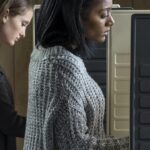Making space for re-learning life skills after a stroke
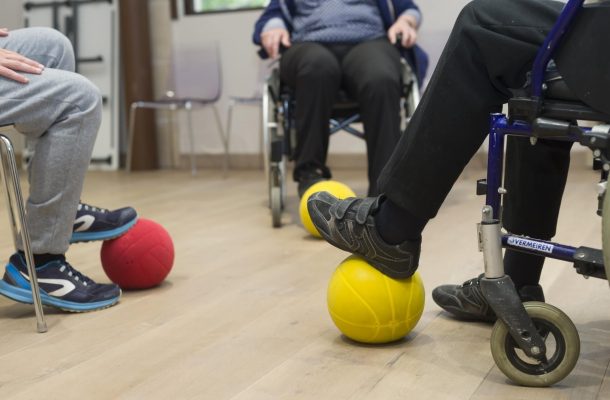
Rehabilitation is exhausting, difficult and can be slow. Many stroke survivors go through depression, debilitating fatigue, and find understanding and concentrating difficult.
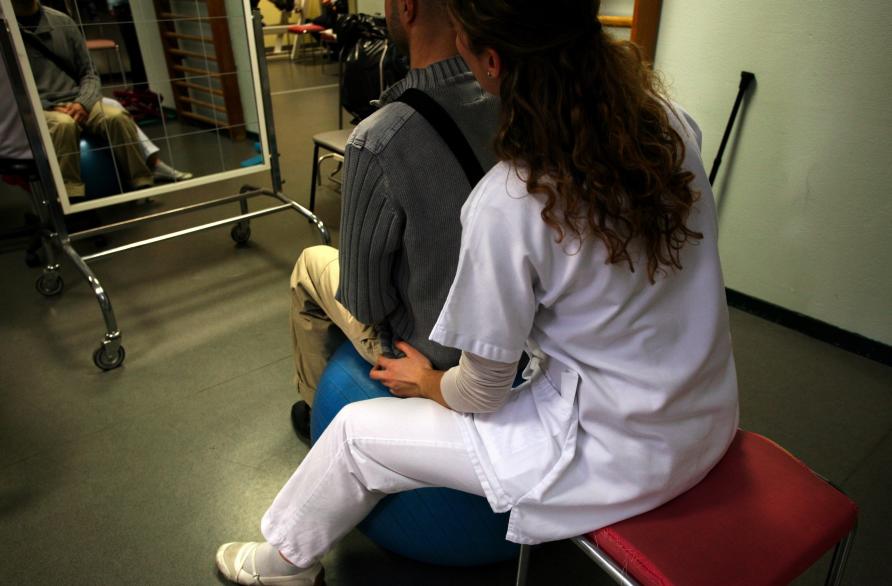
Many stroke victims have to re-learn basic skills in a clinical environment away from family.
For hours every day, patients must re-learn how to walk, talk, button their shirt, use a walking frame or communicate without speech. Imagine having to re-learn all this away from the support of family and in an unfamiliar, clinical environment where you feel bored and lonely.
This is the reality for the stroke survivors who need to stay at an inpatient rehabilitation facility for weeks or even months. Most facilities are like any other hospital building, but patients in rehabilitation need more than just rest and recuperation – they also need to learn.
Supported by funding from the Hallmark Aging Research Initiative, researchers at the Florey Institute of Neuroscience and Mental Health and the Learning Environments Applied Research Network (LEaRN) at the Melbourne School of Design are exploring how rehabilitation facilities can be designed to support re-learning after stroke.
The impact of environment
For decades, scientists have known that different experiences can lead to changes in our brain, a process called experience-dependent neuroplasticity.
In the 1980s, this concept led to radical changes in treatment and prognosis. Previously, people who had a stroke weren’t expected to re-learn how to walk, talk or use their arm, and so they weren’t encouraged to practice these seemingly unachievable skills.
We now know that targeted, goal-directed practice is essential for stroke recovery and that physical, cognitive and social activity can help people re-learn these ‘lost’ skills. But, while there is now a clinical focus on activity and practice, the design of rehabilitation facilities doesn’t reflect this.
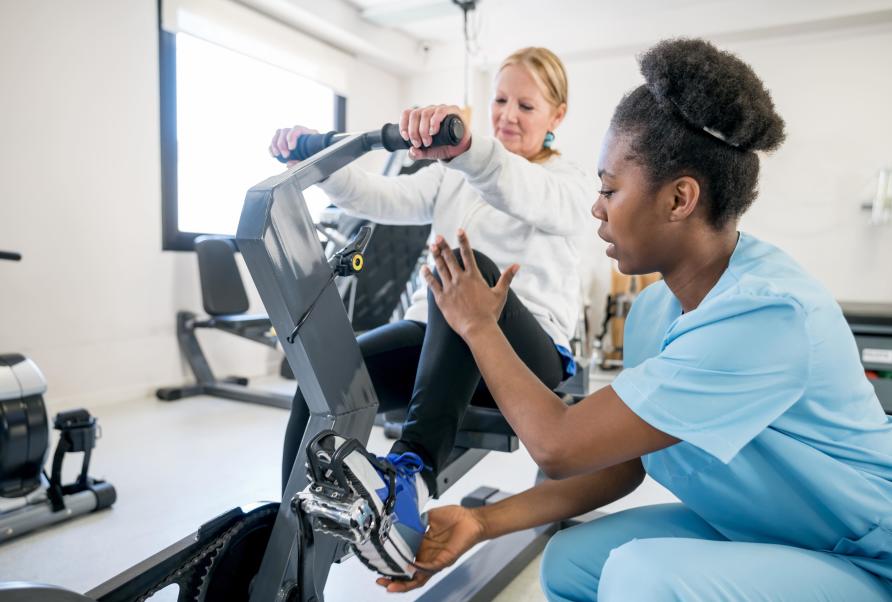
The traditional design of rehabilitation facilities doesn’t reflect the new clinical focus on activity and practice.
The Florey and LEaRN collaborators ran a series of workshops to explore what’s important in the design of inpatient stroke rehabilitation facilities, and discover how learning environments’ research can help.
A group of 30 experts attended our workshops including past stroke patients, rehabilitation researchers, doctors, therapists, nurses, health policy makers, people who design hospitals and learning spaces, health environment researchers and learning environments researchers.
We are now developing advice for architects and designers who work on these spaces, based on a framework that we presented at the European Healthcare Design Congress and published in the Health Environments Research and Design Journal (HERD).
Creating a versatile space
While healthcare spaces are designed to promote healing and recovery, learning spaces like schools, universities, libraries and museums, promote motivation, engagement, participation and activity. Like students, patients in rehabilitation need to engage and practice in order to learn.
So rehabilitation spaces could be considered both as healthcare spaces and learning spaces.
Every stroke patient, like every student, is different.
Learning environment design emphasises flexible, adaptable spaces that aim to meet varying learning styles and needs – something rehabilitation facilities need to do, too.
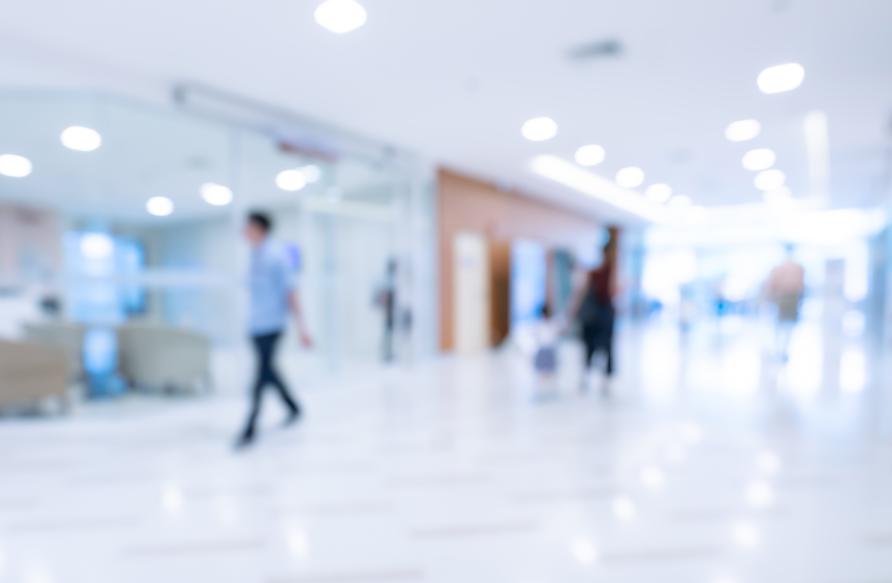
The corridors of rehabilitation wards could become multi-purpose spaces.
For example, bedrooms could include customisable spaces for patients to complete self-directed therapy outside gym hours. As a patient recovers after a stroke, they may progress from using a wheelchair to a walker or a walking stick.
The next patient to use the room may need to practice using their arm instead. Spaces should be flexible enough to accommodate all of these different practices.
The corridors of rehabilitation wards are used for various activities and could become multi-purpose spaces with equipment storage, spaces for physical therapy and impromptu meetings, and resting spots for patients.
In the last 20 years, there has been a move towards student-centred learning. As a result, learning environments now incorporate flexible group learning spaces, open-plan spaces and IT hubs alongside lecture theatres and classrooms.
In rehabilitation buildings, these flexible learning spaces could include cafes, outdoor or nature spaces, communal lounges and other ‘real world’ connections with the community.
These environments encourage patients to voluntarily or incidentally participate in recovery promoting activities – physical, social and cognitive – outside their formal therapy, and provide patients with opportunities to practice skills to help them after they leave hospital.
Importantly, these facilities need to be accessible at times that suit patients – not limited to a 9 to 5 working week.
A rehabilitation building should also include spaces for therapist-guided practice, like a gym for physical therapy with a physiotherapist, and a kitchen and bathroom to practice cooking and showering with an occupational therapist.
Buildings should include spaces to encourage patients to voluntarily or incidentally participate in recovery-promoting activities – physical, social and cognitive – outside their formal therapy time.
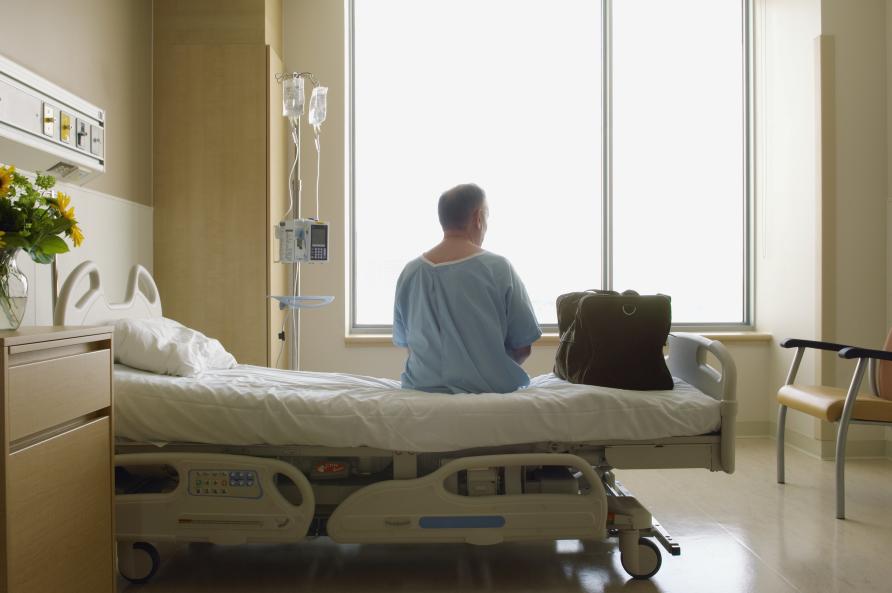
Many stroke survivors suffer depression and debilitating fatigue.
Guidelines for stroke rehabilitation are constantly refined, so buildings also need to adapt. For example, if group therapy or tele-health become the recommended clinical approach, the therapy gym must adapt through moveable walls and furniture, and should include technology like video conferencing.
Emotional well-being
The workshop participants highlighted the importance of emotional well-being in learning and recovery.
Many elements impact a patients’ emotional wellbeing during recovery, and most of them have nothing to do with the physical environment. But positive distractions like art, nature and entertainment, and any control over the environment including light, temperature, noise, and visual appearance, can decrease stress for patients.
For rehabilitation patients who tend to stay longer in hospital, good aesthetics, intuitive orientation in the building, dedicated space for personal belongings and window coverings that a patient can control may be even more important.
Critically, rehabilitation care can be incredibly difficult emotionally and physically for professionals as well, so staff need dedicated break spaces.
Balancing safety and risk
Rehabilitation facilities should meet standard hospital safety requirements, but there needs to be a balance between safety and encouraging patients to participate in physical, cognitive, and social activity.
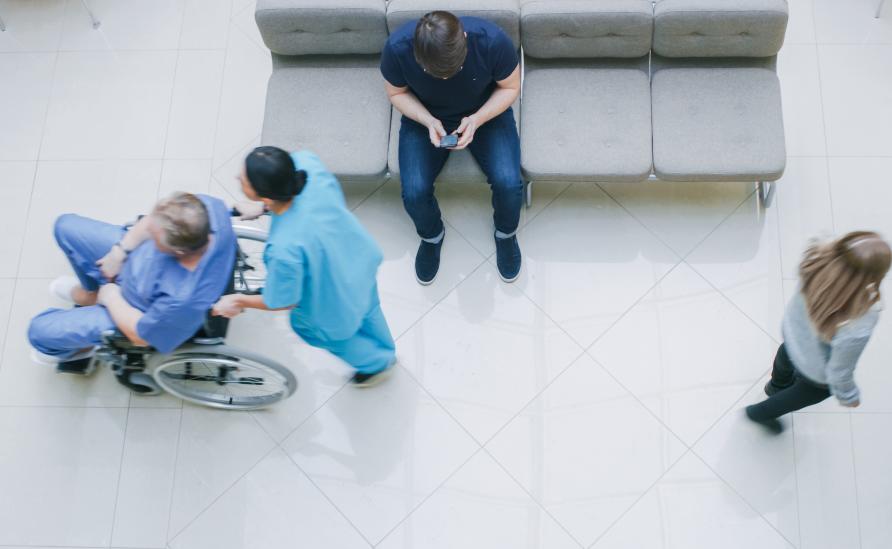
Buildings should include spaces to encourage patients to participate in recovery-promoting activities.
A rehabilitation nurse in the workshops notes that “in rehab they take risks. [The patients are] not going to learn without it”.
An architect and researcher in learning environments similarly notes that “safety, while it’s important, it’s kind of like with children in school settings as well, a little bit of risk is okay as long as people understand it”.
There may be some things that are more of a safety risk in rehabilitation facilities – like patients falling.
While single patient rooms are recommended for acute healthcare design, partly for infection control, some research suggests patients are less likely to fall in a shared room. If stroke patients are more at risk of falls than infections, perhaps rehabilitation facilities should include a higher proportion of shared rooms.
Our team is now collecting data in two rehabilitation facilities in Victoria for the ENVIRONS (ENVironments for Inpatient RehabilitatiON of Stroke patients) research study to expand on the framework and to see how it holds up in practice.
These results will inform new rehabilitation facility designs that will be tested as part of the NOVEL (New and Optimised Virtual Environment Living lab) research project.
The aim is to collect enough evidence to inform healthcare facility design guidelines to optimise the design of new and existing rehabilitation facilities – helping people who have had a stroke recover in a healing environment.
This article was published by Pursuit.
Ruby Lipson-Smith is a research development officer in Cancer Experiences Research. Her interests include understanding the experiences of carers of patients with advanced cancer, testing dietetic interventions, improving patient communication and the use of V.R.











